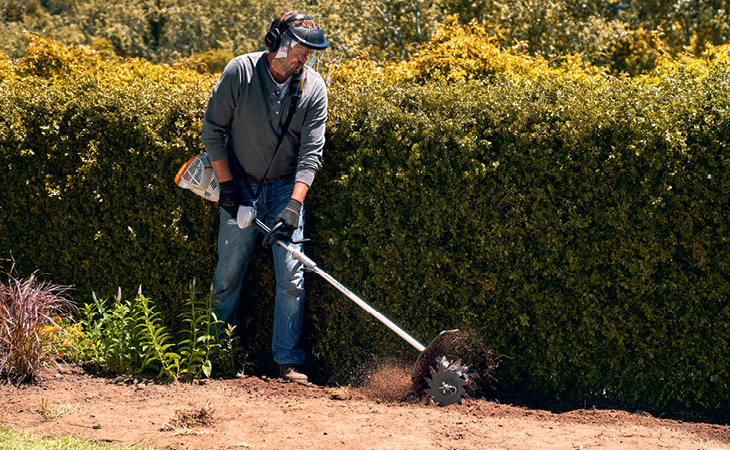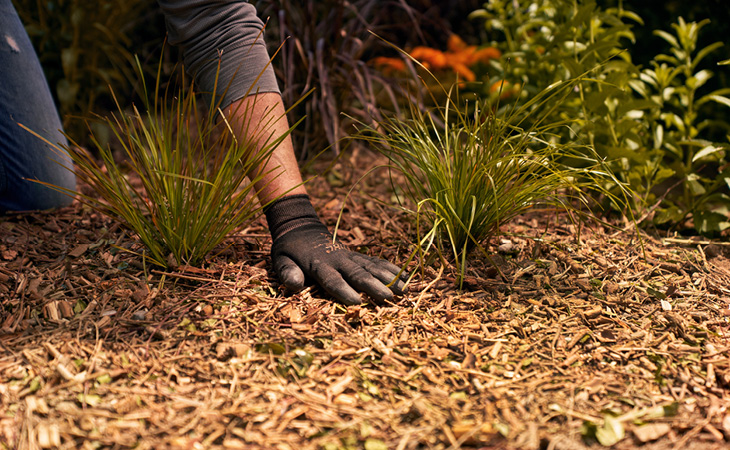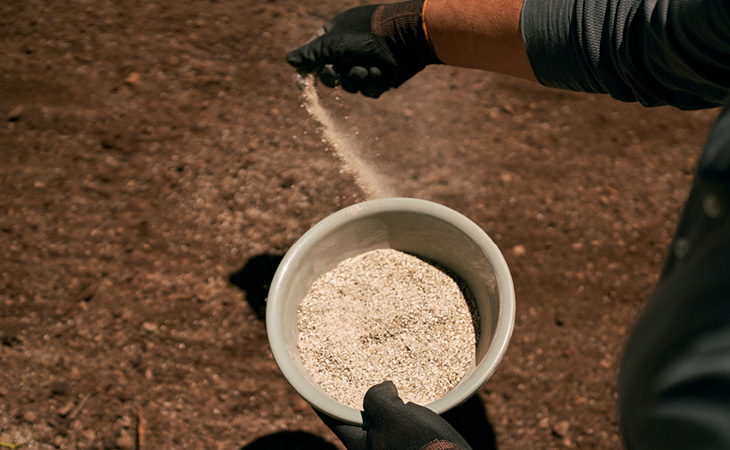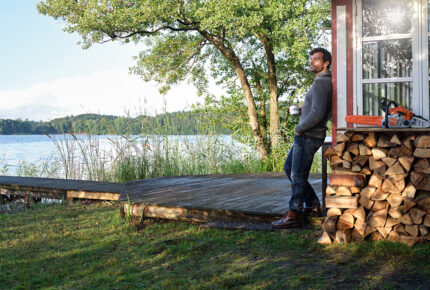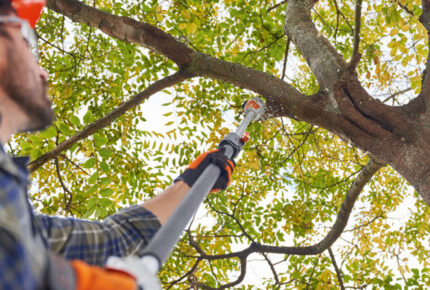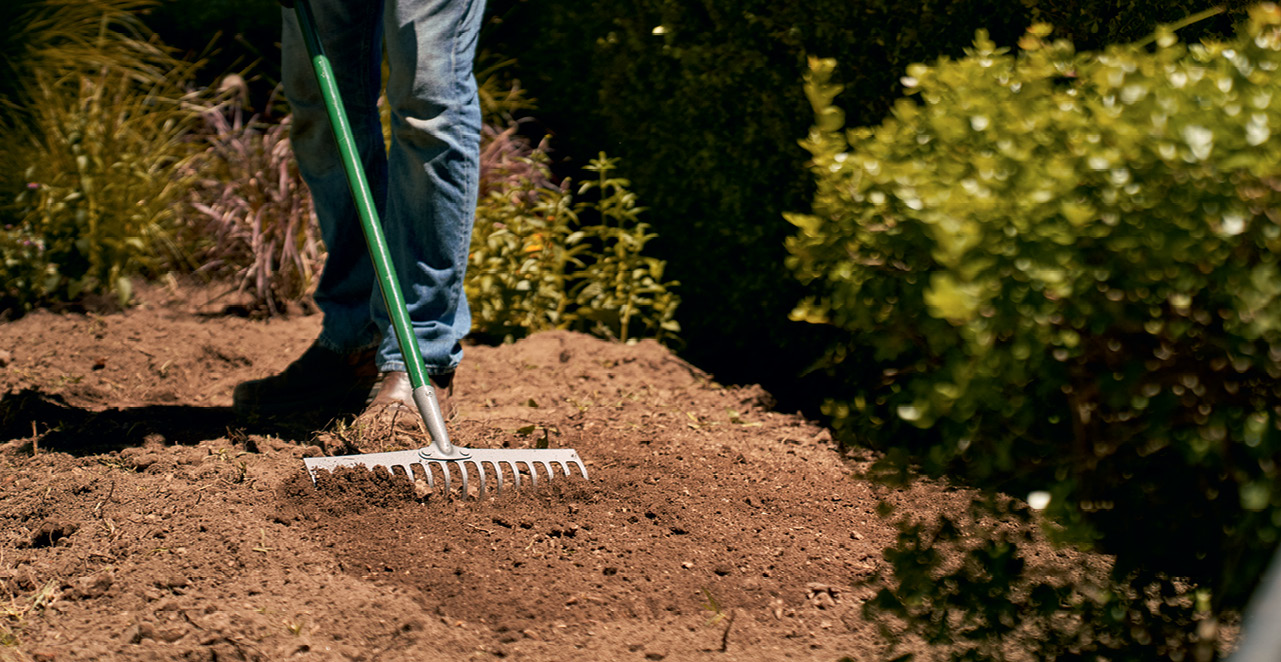
#How To
How to prepare your garden beds for winter
Helping gardens survive the cold and wet of Winter is primarily focused on the provision of simple protective coverage, and the elevation of plants in pots or tubs wherever possible to elevate them from the colder temperatures generated by the ground surface.
By providing a layer of insulation for your plants, you’re able to assist them survive the harsher extremities of the Winter period be they frosts, hail, heavy rains, or snow.
Here are some simple steps you can take to protect your garden this Winter.
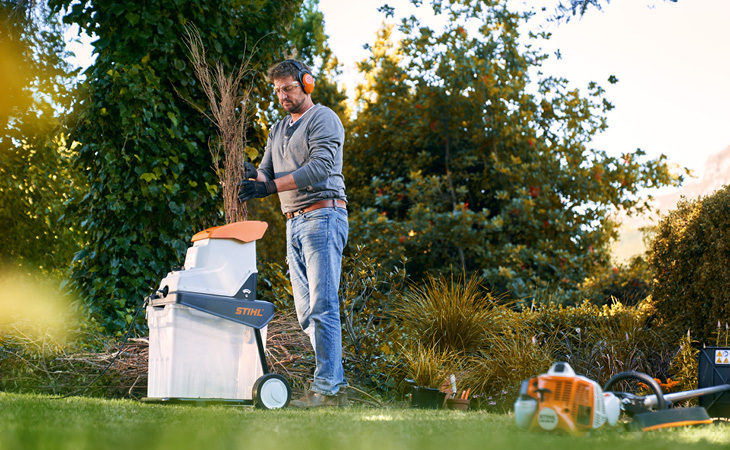
Creating your own mulch cover
Adding mulch, compost and leaves as a protective layer to beds with light, sandy soil not only helps to safeguard the bed from the elements but improve the soil quality of the bed as well, thanks to the release of nutrients from the gradual breakdown of the protective layer.
The best insulation is mulch. And the clippings you create from your Winter tidy-up of trees, hedges and bushes are ideal for using as a mulch layer to protect flower, herb and vegetable beds.
Easily shredded with a shredder, this mulch serves as excellent protection against the cold and prevents the bare earth from being washed away by the rain. When shredding your garden trimmings, always check the maximum possible diameter for your shredder before you begin using it. All STIHL Garden Shredder models can be used for branches of a maximum thickness of 35mm.
When using your shredder, remember to place your safety first – earmuffs, protective glasses and protective gloves are a must. STIHL Personal Protective Equipment provides professionals and home gardeners alike with a huge range of quality options.
Preparing your garden beds for Winter
To expand an existing garden bed, or create a new one, loosen the soil with a tool such as the Pick Tines KombiTool.
The KombiSystem is STIHL’s ingenious tools system that allows the one reliable, high-performance engine to drive many interchangeable tools. Across a range of power outputs, users have the option of choosing between two types of high-performing KombiEngines – battery and petrol.
The STIHL Pick Tines KombiTool has been specifically designed for tilling small areas and between established garden rows. Courtesy of its 240mm diameter rotator blade, it provides ample soil depth preparation.
Before commencing tilling, remove stones, weeds, roots, and garden debris from the bed. By doing this you are avoiding potential damage to the tool and reducing the opportunity for debris to become dangerously airborne.
When starting your Pick Tines KombiTool make sure the pick tines are not touching the ground. You can do this by laying the tool end horizontally on an elevated support such as an upturned bucket, tree stump or small stool to ensure the blades are clear of the ground during start up.
After cultivating the soil, rake the bed evenly.
Prepare the soil for planting with a trowel to dig holes for the hardy bulbs or vegetables you are planting. Add a handful or two of compost into the bottom of the hole. Then place the plant into the hole. Settle the plant into the bed with a generous water from a watering can.
After you’ve finished planting, lightly spread fertiliser between all the plants on the surface of the bed.
Then cover your new bed with the mulch created by your garden trimmings. Spread evenly to a depth of about 5cm. This layer warms the soil in Winter, prevents weed growth and protects the newly planted plants.
Protecting pot plants
You can also prepare your outdoor pot plants to weather the extremes of Winter.
Pay particular attention to perennials and ornamental grasses. We’re looking to minimise strong temperature fluctuations as the rapid change between freezing at night and thawing during the day damages their fine roots, often tearing them open and weakening the plant.
An easy preventative measure is to use pots and tubs of a weather-resistant and freeze-proof material, such as fibreglass, plastic and poly rattan, that won’t crack in winter or transmit the external colder temperatures to the plant.
To alleviate the problems associated with heavy Winter rainfall, ensure there are several holes in the bottom of the pot, so that water can drain off easily and no waterlogging forms in the container.
In colder climates, you can further Winter-proof the pots by wrapping them with bubble wrap and jute fabric. Cover the plants with horticultural fleece and tie at the bottom. You should open the fleece up on frost-free days to facilitate greater plant health.
Further insulate plants in pots and tubs from potentially damaging surface temperatures by placing them on wooden or Styrofoam boards and ensuring no contact with the ground surface.
More Winter Garden Preparation Tips
- Avoid mineral fertilisers in late autumn. They promote plant growth even in cold weather and have a negative effect on their frost resistance. Organic fertilisers only dissolve in spring and can therefore be used in autumn.
- Green manure is an excellent winter protection for your vegetable patch.
- Winter-proof uncomplicated herbs such as mint, parsley and chives by transplanting the into tubs, covering them with horticultural fleece and elevating them off the ground.
- Bring frost-sensitive flowers and herbs such as lemon verbena indoors. They feel most happy in a bright place with high humidity.
- Leave faded annual flowers in place when preparing the flower bed for Winter: they are a valuable source of food for birds and provide shelter for insects.
- Winter proof your vegetable patch by removing diseased plants and leaving only hardy vegetables such as kale and leeks. Then cover the vegetable patch with mulch. Remember, your veggie bed can produce winter vegetables like cabbage, spinach, or Swiss chard, where the frosts can even be beneficial to the taste.

